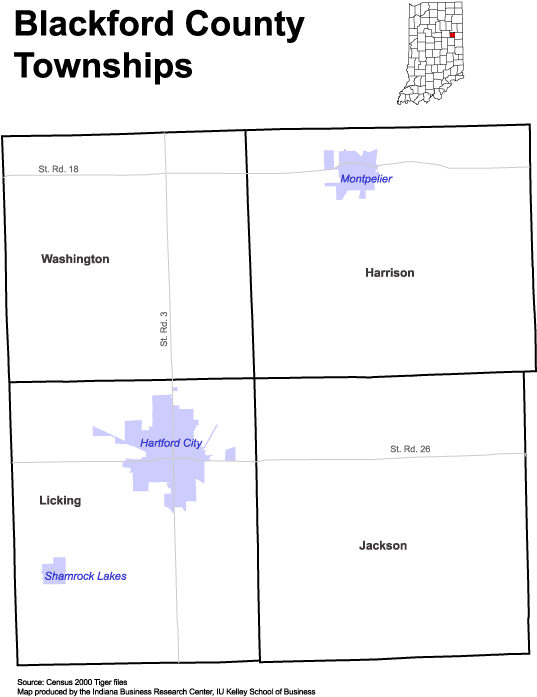

The number of trustees is determined by the desires of the township residents, and whether or not the township has a population of over 5,000, or 3,000 registered electors or is a charter township. Township government is conducted by a township board consisting of either five or seven members-a supervisor, clerk, treasurer, and two or four trustees. Census figures, township population in Michigan varies from 15 to nearly 100,500 people. The state of Michigan has 1,240 townships, which vary considerably in geographical size and population. Currently, 139 Michigan townships have opted to become charter townships. A primary motivation for townships to adopt the charter form is to provide greater protection against annexation by a city. Charter township status is a special township classification created by the Michigan Legislature in 1947 to provide additional powers and streamlined administration for governing a growing community. There are two types of townships in Michigan-general law and charter townships. Cities and most villages are vested with home rule powers, meaning they can do almost anything not prohibited by law. Townships and counties are statutory units of government, having only those powers expressly provided or fairly implied by state law.

There are, however, significant differences that are important to the people charged with administering township affairs and deciding township policies. In Michigan, it is often difficult to discern the differences between townships, cities and villages. Michigan is one of 20 states that currently has some form of township government. In fact, in Michigan, if you don’t live in a city, you live in a township. Michigan doesn’t have towns-it has townships, cities and villages, with townships governing 96 percent of Michigan’s land area outside of cities. While you might hear local units in Michigan referred to as “cities and towns,” that’s actually incorrect. When the Erie Canal opened, many New Yorkers migrated to Michigan and brought their form of government with them. Settlers in New England developed small communities that delivered local services, while a county served as the administrative arm of government. Historians believe American township government was modeled after the English system of government.

Townships are a product of Michigan’s early history.


 0 kommentar(er)
0 kommentar(er)
